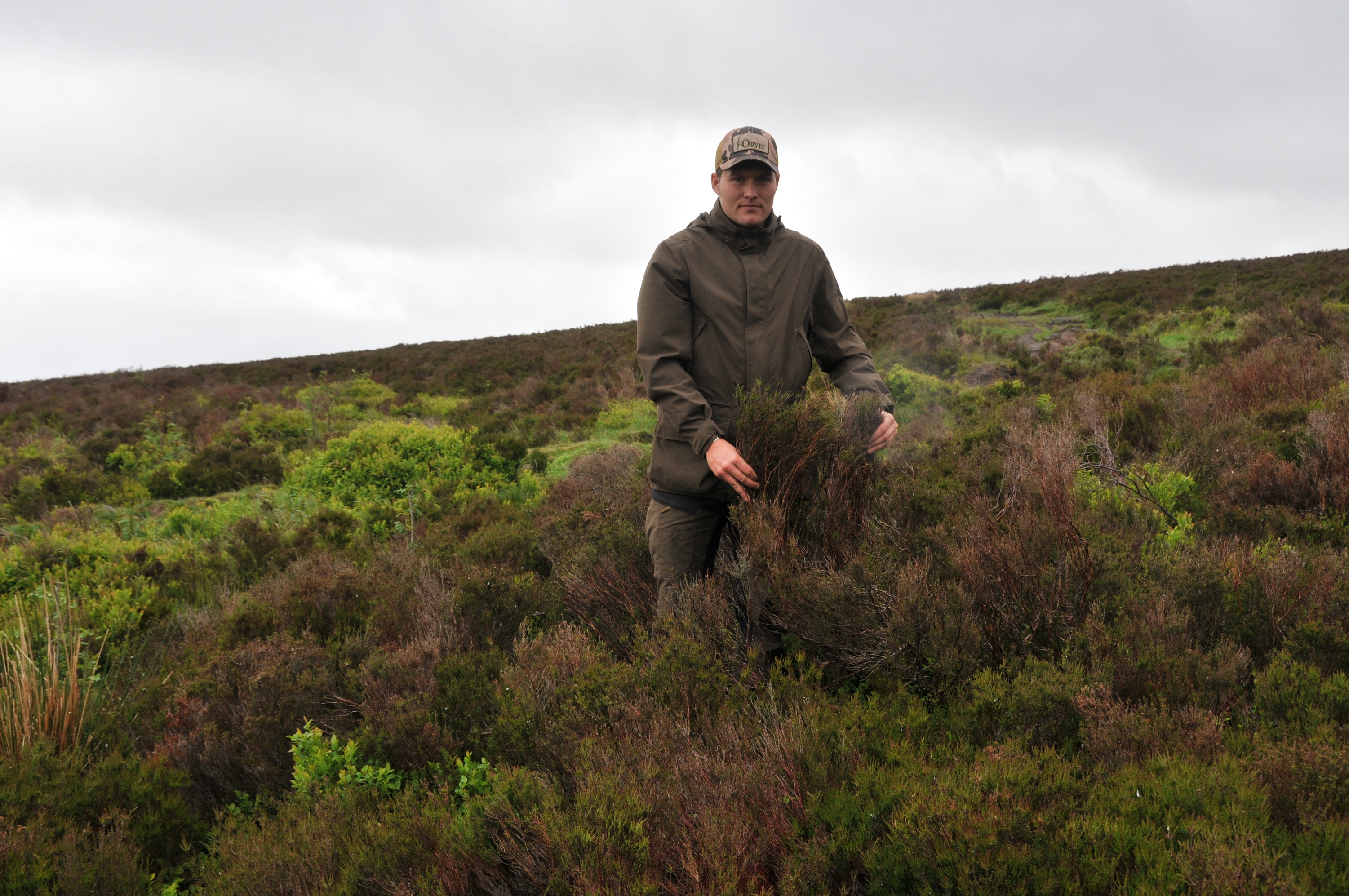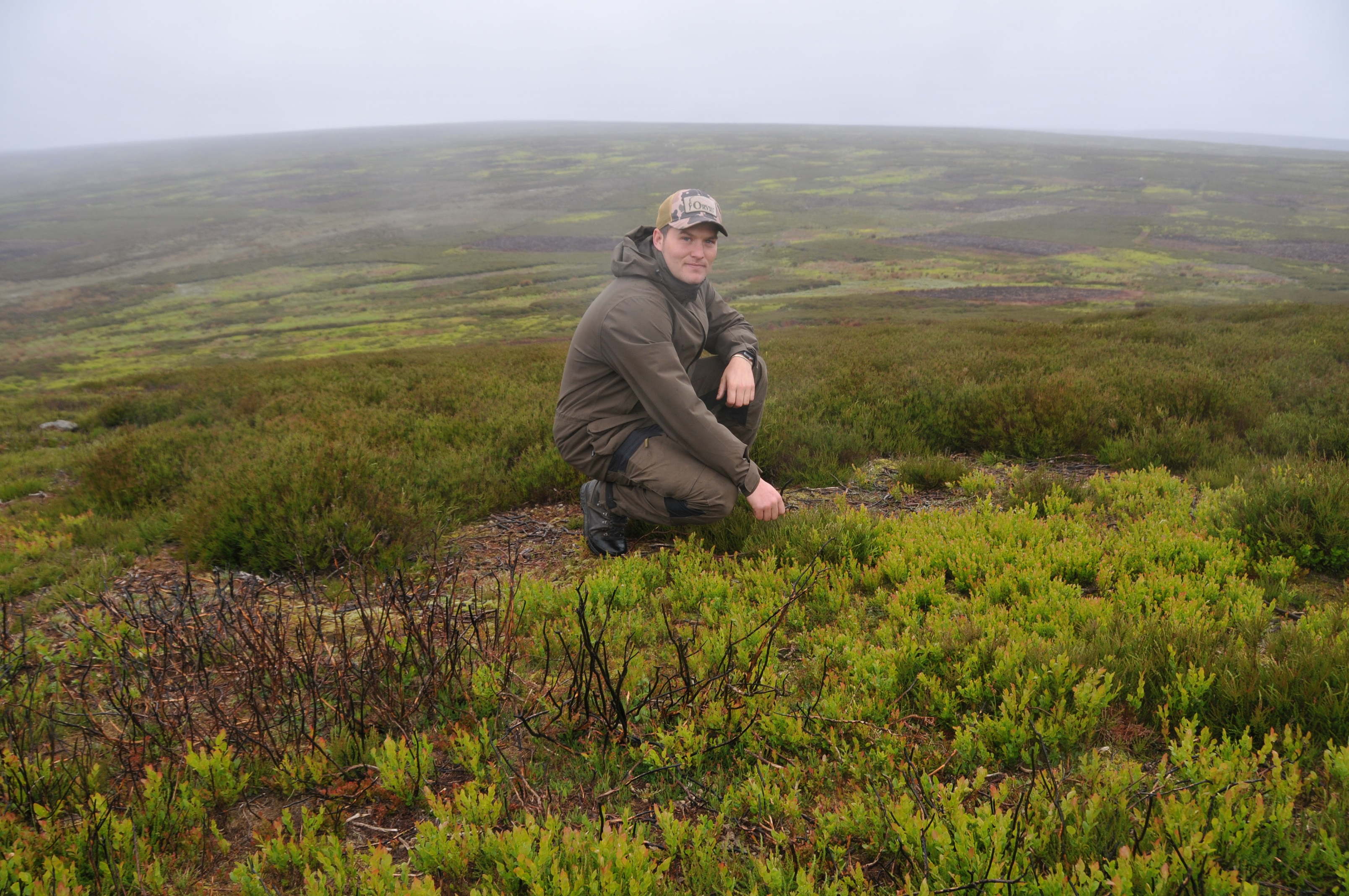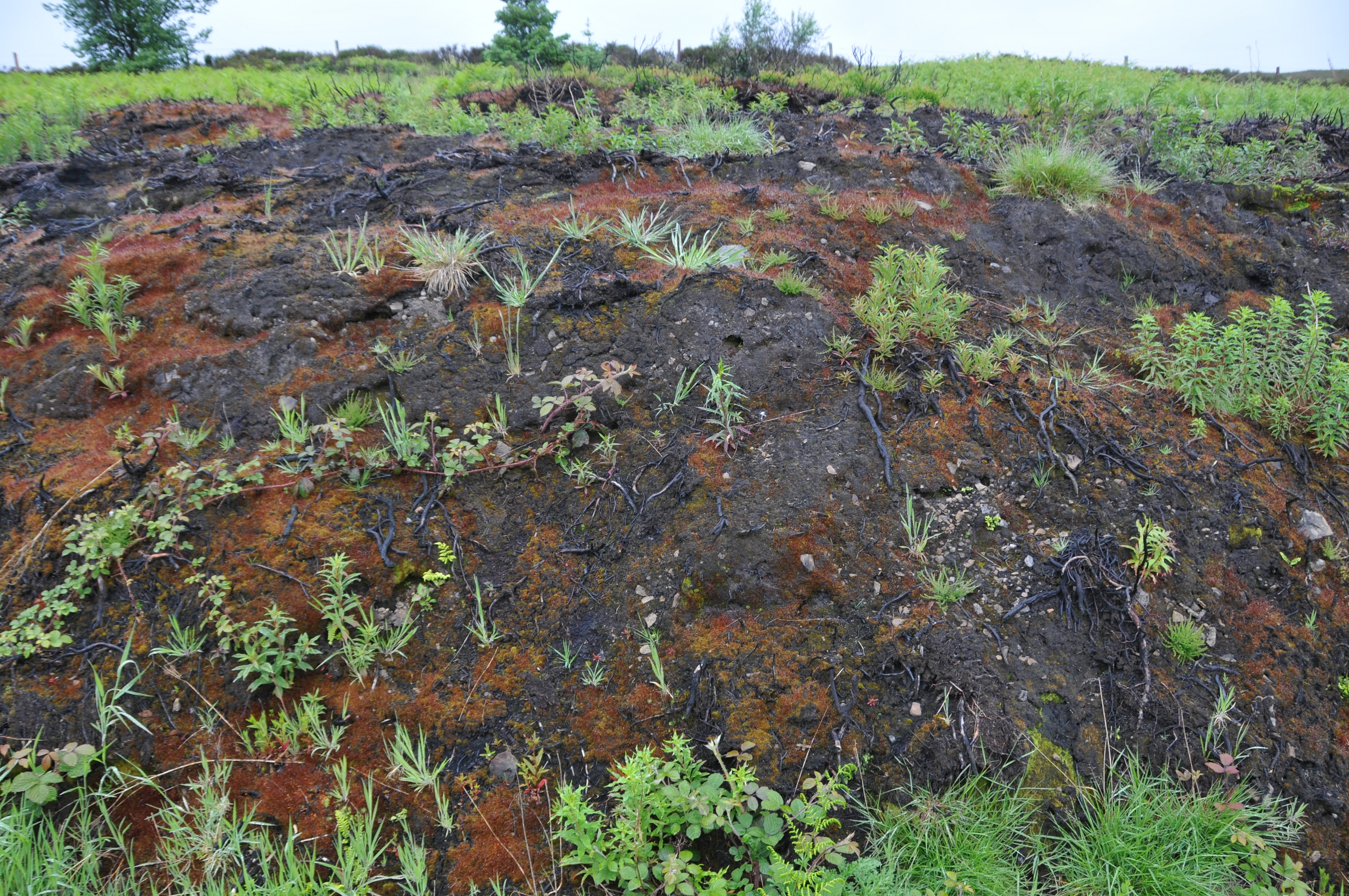Moorland managers say “it’s not if, but when” for catastrophic wildfires following reduction in controlled burning in English uplands
Habitat managers are increasingly worried about the massive rise in combustible vegetation or ‘fuel load’ following changes
For an accompanying video, visit youtube.com/watch?v=Dtc-3chFUc8
As the heather burning season begins in the English uplands, habitat managers are increasingly worried about the massive rise in combustible vegetation or ‘fuel load’ caused by a change in management practice making uncontrollable wildfires more likely.
From 1 October to 15 April, carefully controlled burning of the surface vegetation is permitted to rejuvenate heather and other moorland plants, which are naturally adapted to burning. But in May 2021 Natural England (NE) banned burning on deep peat in designated sites and on huge areas of other moorland burning over deep peat has been voluntarily discontinued in line with the trend for light-touch management. As a result, the firebreak effect of a patchwork of controlled burns has been dramatically reduced, heather has grown tall, bracken has encroached, and birch scrub is beginning to take hold, all contributing to a massive build-up of combustible material.
A new report, Peak District National Park – Wildfire Risk Assessment 2022, commissioned by the National Park Authority, reveals the chances of wildfire getting out of control are increasing. Its co-author Anthony Barber-Lomax, former resident agent at Fitzwilliam Wentworth Estate, which manages Bradfield Moor in the North Peak, said:
“The modelling revealed that without intervention to mitigate the risk, the fuel load is such that a blaze could become uncontrollable over a huge area. It’s not a case of if, but when.”
Unlike the controlled burns carried out by moorland managers, which burn the surface vegetation leaving the moss layer intact, wildfires can burn for long periods and destroy the underlying peat causing a huge release of carbon and risk of widespread damage to human health in surrounding areas. In 2018, the blaze on Saddleworth Moor in the Peak District affected 2,400 acres with a loss of some 40,000 tonnes of CO2 at an estimated cost of £8.76m. But these disastrous events could pale in comparison with future wildfires according to the report. A blaze beyond 3.4m flame length with a rate of spread of 800m/hour is impossible for the Fire and Rescue Service (FRS) to control and yet the report indicates the potential for flame lengths up to 7.6m and rates of spread 2,393m/hour.
Habitat managers are acutely aware of the risk as they regularly volunteer to assist the fire service in fighting moorland wildfires. Headkeeper on the Fitzwilliam Wentworth estate Nick Gardner said:
“When there is a wildfire, gamekeepers often spot it first as we are out on the ground. The message goes out and everybody turns up – it’s like having a rapid response team. We also know how to access difficult areas of the moor, avoiding obstacles like gutters and hags. The fire departments are always grateful when we turn up with our ATVs with fogging units because they are restricted in terms of how late they can stay, whereas we’ll stay out until it’s out.”
Nick believes heather cutting and rewetting have limitations as ways of mitigating wildfire risk, and he would like to see managed burns on deep peat reinstated. He said:
“We need all the tools in the box. There is a problem with cutting, if the brash is left on the surface. Rewetting is definitely not enough on its own. Some of the boggier areas may be wet and wildfire won’t burn into the peat, but the surface vegetation will still burn, so the fire will travel through those areas.”
Anthony Barber-Lomax shares the view that cutting and rewetting have drawbacks and is concerned that land managers are ignoring the fuel loads building up on their land.
“Where there is a no burn policy, we are seeing accumulations of biomass almost everywhere across the Peak District,” said Anthony. “The term rewilding is sometimes used, which has some merits, but the peat needs to be protected otherwise everything will go up in one fell swoop.”
NE banned burning of vegetation on deep peat in May last year on the grounds that it is damaging to peatland formation and habitat condition and that managed burns release more carbon than alternatives such as rewetting, cutting or simply ending vegetation management. However, Andreas Heinemeyer, Associate Professor of Environmental Research at the University of York, contests the view that there is scientific consensus. He has undertaken a 10-year study comparing the carbon budgets of so-called ‘cool burns’, cutting, and simply leaving the heather to grow rank.
Speaking at an uplands management workshop organised by GWCT, the Moorland Association and Fitzwilliam Wentworth Estate, he said:
“Certainly, over 10 years, it looks like burning does not have the anticipated large carbon loss, particularly when you add charcoal production into the process, which is a long-term carbon store. The other alternative to cutting is just letting it grow, but you will get a build-up of fuel and large amounts of biomass transpire a lot of water, potentially drying out the peat beneath. We need to have an adaptive management approach because we don’t have the scientific evidence that burning is always bad, that cutting is always better, or that doing nothing will achieve what we want.”
It is important to note that the new heather burning regulations did leave room to apply for a licence to burn for conservation and wildfire mitigation reasons. This measure was welcomed by those moorland managers who are currently mapping the increased wildfire risk and habitat deterioration caused by not burning on their land with a view to applying for a licence.
For an accompanying video, visit youtube.com/watch?v=Dtc-3chFUc8
To read a case study on moorland management, including wildfire mitigation, on the Fitzwilliam Wentworth Estate, visit workingforwildlife.co.uk/case-studies/uplands/fighting-fire-with-fire-in-the-peak-district/
To download the Risk Assessment of the Peak District Moorland in full, visit www.peakdistrictwildfire.co.uk
Ends
Note to editors:
The Game & Wildlife Conservation Trust – providing research-led conservation for a thriving countryside. The GWCT is an independent wildlife conservation charity which has carried out scientific research into Britain’s game and wildlife since the 1930s. We advise farmers and landowners on improving wildlife habitats. We employ 22 post-doctoral scientists and 50 other research staff with expertise in areas such as birds, insects, mammals, farming, fish and statistics. We undertake our own research as well as projects funded by contract and grant-aid from Government and private bodies.
Press release distributed by Pressat on behalf of Game & Wildlife Conservation Trust, on Wednesday 5 October, 2022. For more information subscribe and follow https://pressat.co.uk/
Wildfire Grouse Moors Peak District Uplands Conservation Controlled Burning Heather Ground Nesting Birds Charities & non-profits Environment & Nature Farming & Animals Government Leisure & Hobbies Opinion Article
You just read:
Moorland managers say “it’s not if, but when” for catastrophic wildfires following reduction in controlled burning in English uplands
News from this source:




